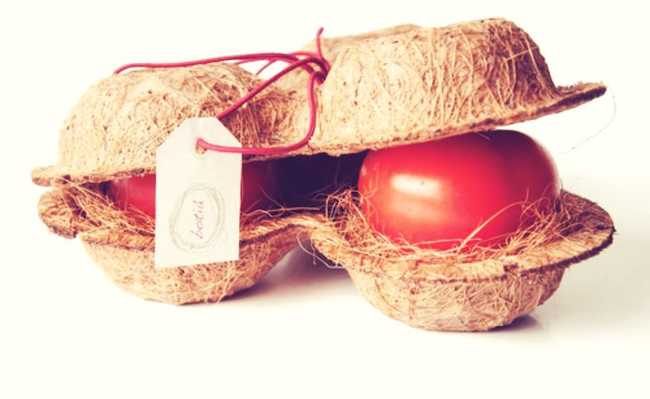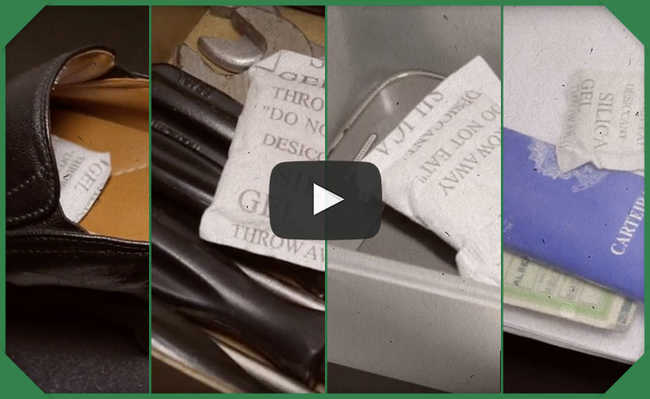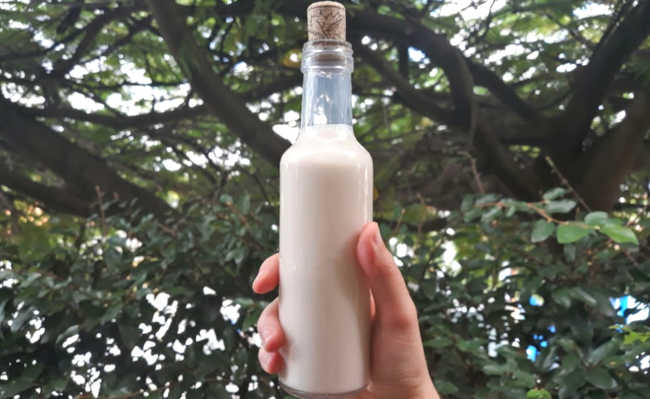Everything you need to know about bond paper
Understand how the bond paper production chain works, its environmental impacts and advantages

Edited and resized image by Kelly Sikkema is available on Unsplash
The use of paper dates back over two thousand years. Bond paper, also called parchment paper, Off-Set or legal paper, is a paper that can be found in many colors, mainly in white and, when recycled, beige.
- Learn how to recycle paper at home
But what not everyone knows is that bond paper can also have various sizes, the most common being A4, whose measurements are 21 cm X 29.7 cm. It is widely used in printers and photocopiers, but it can also be a gift item in craft activities, among other uses. It is called bond paper because, in its production, sodium sulfite is added.
Sodium sulfite is a preservative used in water-soluble foods that serves to leave the base medium. It is prepared through the reaction between sulfur dioxide and sodium carbonate or sodium hydroxide.
Cellulose, the main structural cell mass of plants, is the raw material most used to make bond paper. Formed by glucose monomers linked together, it was discovered in 1838 by the French chemist Anselme Payen, who determined its chemical formula. Cellulose is an important raw material for industries, which extract it from various vegetables, such as eucalyptus, pine, cotton, bamboo, among others.
The cellulose naturally synthesized by the different types of vegetables goes through a series of processes to be used by the bond paper industry. These processes are divided into forestry, wood preparation, pulp production, drying and finishing stages. The pulp production process begins with the planting of vegetable seeds, which serve as a source of pulp.
After cutting these grown vegetables, the logs are sent to factories, where they are debarked and taken to chippers to be transformed into chips, which are small pieces of wood.
- What is eucalyptus for?
- Organic cotton: what it is and its advantages
Obtaining cellulose
The chips are transported to the digesters, where cooking or pulping begins. Pulping serves to soften the wood and facilitate defibration and delignification - which consists in separating the lignin - responsible for the color and strength of the wood fibers. After the lignin is separated, a washing and sieving operation is carried out to remove impurities, which will be reused in the process.
After sieving, the cellulose is subjected to a bleaching process, which consists of treatment with certain chemical reagents in order to improve its whiteness, cleanliness and chemical purity. The more efficient the delignification process, the lesser the need for bleaching reagents. Bleaching can be done by two main methods: acid or sulphite method and alkaline or kraft method, which is the most used in Brazil.
Finally, after bleaching, the pulp is sent for drying. The objective is to remove the water from the cellulose until it reaches the equilibrium point with the relative humidity of the environment. At the end of the dryer machine is the cutter, which reduces the continuous sheet to a specific format.
Environmental impacts
The pulp preparation stages that cause the most environmental impacts are the forestry stage, bleaching and waste disposal.
In the Brazilian case, the raw material for cellulose comes from planted tree farms. In Scandinavian countries and Canada, it is obtained from state-owned native forests, which represents a significant problem of deforestation of native forest, mainly because native species are slow growing. On the other hand, in the case of planted trees, the environmental impacts are mainly related to the loss of biodiversity (both flora and fauna), caused by monoculture, soil exhaustion, pest invasion and contamination of water resources, due to to the use of pesticides.
The pulp bleaching stage appears frequently in discussions about environmental preservation. The presence of chlorine and organic substances, including lignin, represents the majority in the bleaching effluent and contributes to the formation of organochlorine compounds - substances with a significant environmental impact. To learn more about this topic, check out the article "What are organochlorines?".
In the case of eucalyptus monocultures (a species widely used by the pulp industry, mainly because of its rapid development in Brazil), another environmental impact often pointed out is the high water consumption by trees and its impacts on soil moisture, rivers and groundwater.
- What is a water footprint?
Eucalyptus can cause soil dryness when using the water reserves contained in it, and in this case, it can also harm the growth of other species, a result of the so-called “allelopathy”.
On the other hand, an article published by Revista do BNDES states that, despite having a high water consumption, this does not necessarily mean that eucalyptus dries up the soil in the region where it is located, or that it impacts the groundwater. This is because, according to the article, the dryness of the soil in eucalyptus forests depends not only on the consumption of water by plants, but also on rainfall in the growing region.
According to the website two sides, about 50% of wood extraction in the world directs its use to construction, while paper production, in general, represents 13% of wood extraction.
environmental advantages
In deforested and impoverished soils, the deposition of organic residues from the manufacture of pulp and paper has some beneficial effects such as an increase in pH with a consequent increase in the availability of certain nutrients, such as phosphorus and micronutrients; increased soil cation exchange capacity; incorporation of mineral nutrients needed by trees; improvement of physical properties such as particle size, water holding capacity and soil density; increased soil biological activity, accelerating litter decomposition and nutrient cycling. The soils used in Brazilian reforestation, with rare exceptions, are of low fertility, even for forestry activities. Correction of these soils is necessary to improve fertility and a high level of organic matter increases the availability of mineral nutrients and the soil's water and cation retention capacity. However, it is noteworthy that this case only applies to previously impoverished soils.
Another advantage is that planting monocultures in previously deforested areas helps to capture CO2 during vegetation growth, mainly because, as Fernando Reinach points out in an article published by the Estado de S. Paulo newspaper, most of the CO2 capture by plants gives in its growing phase. In adulthood there is no capture of CO2 that is not released again during the night period. However, it is noteworthy that this advantage only brings benefits when the area where the planting in question will be carried out is already in a state of deterioration and deforested; and that, after cutting trees to obtain cellulose, the carbon fixed in the trees tends to return to the atmosphere.
Compared to exotic species (which are not native to Brazilian biomes), such as eucalyptus - planted as a monoculture - native and agroecologically planted vegetables are always more advantageous in terms of environmental gains - for example, stimulating biodiversity itself .
Certification
Due to the potential environmental impact of the (forest-based) pulp production sector, there is a requirement (by consumers) to generate the lowest possible environmental impacts (negative externalities) in the production chain of products made from the cellulose, such as bond paper.
Certification is a way of informing the most demanding consumers of the commitment (on the part of producers) to reduce harmful externalities to the environment (deforestation in the Amazon, disrespect for indigenous areas, etc.) within certain pre-established criteria for the certification in question.
- What are positive and negative externalities?
- What is blue amazon?
- Amazon deforestation: causes and how to fight it
- Amazon forest: what it is and its characteristics
Through the logo of the certification system printed on the product packaging (as it occurs in packages of bond sheets), the consumer can know how the product was made.
The internationally accepted certification systems that exist in Brazil are the ISO 14001 standard, the CerFlor certification and the FSC certification. Each of them has its requirements specified in different ways.
The exploitation of tropical forests, associated with the extinction of species and deforestation, brought pressure for certification of forest extractivism activities as an alternative to guarantee good forest management practices. However, there are already problems related to certification. Among them are the lack of standardization in the auditing methods of the certifying bodies, the little public knowledge about certifications and the few investments in promotion by the seals.
FSC certifications applied in Brazil, especially in the ipê forests, have had their legitimacy challenged, which creates an atmosphere of doubt as to the effectiveness of the standards adopted by the certifying bodies responsible for this seal in the country. The main accusation in this case is that the parameters are too generic, with no objective indicators for measuring forest activities. The FSC website in Brazil states that "FSC certification is an internationally recognized guarantee system, which identifies, through its logo, wood and non-wood products originating from good forest management. Any enterprise linked to forest management operations and/or the productive chain of forest products, which complies with the FSC principles and criteria, can be certified".
Bond paper and sustainability
The production of bond paper in Brazil does not destroy native forests, as 100% of the Brazilian pulp and paper production comes from planted eucalyptus trees and pine, which are exotic vegetables planted in areas degraded by agricultural activity.
Trees planted for the production of paper do not replace natural forests, they are planted in mosaic schemes, where extensive permanent preservation and legal reserves merge with industrial plantations.
In Brazil, the total area of trees planted by the industry is 7.8 million hectares, which represents less than 1% of the territory, with 2.6 million hectares destined for the production of pulp and paper.
Bond paper is of natural renewable origin, can be recycled, is biodegradable, has no hazardous waste in its constitution and is produced safely. In addition, 85% of the energy matrix of the pulp and paper sector comes from renewable sources, such as biomass and other by-products. However, after some recycling, the paper fibers degrade, requiring new waves of virgin fibers.
- What is Renewable Energy
- What is biomass? Know advantages and disadvantages
- What are biodegradable products?
According to the Royal Swedish Institute for Technology, reading a newspaper can consume 20% less carbon than watching news online. Performing 100 Google searches emits 20g of CO2 equivalent to ironing an iron shirt.
One way to save more resources is to always print double-sided. When making the correct disposal, if possible, avoid folding or wrinkling the paper, so you conserve cellulosic fibers and improve the quality of recycling. To find out which recycling stations are closest to you, check the free search engine at eCycle portal.










